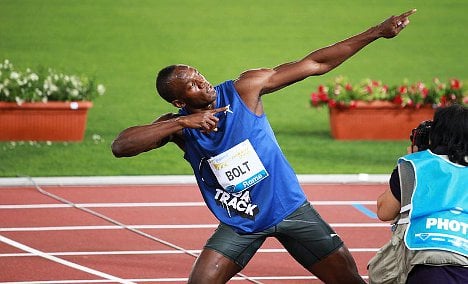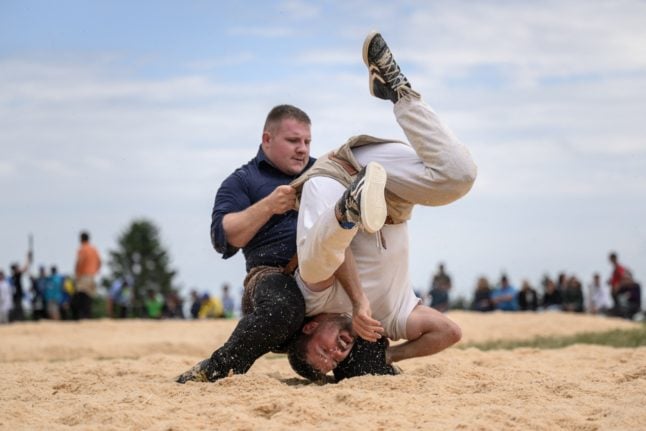Bolt and Rudisha are just two of 15 newly-crowned Olympic champions on show at the sold-out Letzigrund Stadium, where 14 reigning world champions will also feature.
In his only post-Olympic race this year, Rudisha will try to beat the mark of 1min 40.91sec he set in winning the 800m at the London Games, and will have compatriot and regular pacemaker Sammy Tangui on board to ensure a blistering first lap.
Three other Kenyans — Anthony Chemut, Timothy Kitum and Leonard Kosencha — will also run alongside Ethiopian teenager Mohammed Aman, British duo Andrew Osagie and Michael Rimmer, and American Duane Solomon in what promises to be a fascinating race.
Bolt, fresh from his second successive triple gold haul at the Olympics, again races in the 200m, coming off the back of victory in Lausanne earlier this month in 19.58sec, ahead of Dutch runner Churandy Martina and compatriot Nickel Ashmeade.
Martina and Ashmeade will both be in Zurich, along with American Wallace Spearmon and Jamaican duo Warren Weir — the Olympic bronze medallist — and Jason Young, with six of the field having already clocked sub-19.95sec season's bests.
The strong Jamaican influence continues in the 100m, where world champion and Olympic silver medallist Yohan Blake could again steal Bolt's thunder.
Blake lit up Lausanne when he raced to victory in 9.69sec to move into second place on the all-time performers list, which he now shares with American Tyson Gay.
Bolt leads the way with the 9.58sec he set when winning at the 2009 Berlin World Championships.
Gay and Jamaica's Nesta Carter, second and third behind Blake in Lausanne, are also on the start list, along with US duo Ryan Bailey and Darvis Patton, another Jamaican in the shape of Michael Frater, and Trinidad's Keston Bledman.
Only France's European champion Christophe Lemaitre and St Kitts and Nevis veteran Kim Collins, who was axed from the Olympics by team officials after an apparent row over visits to see his wife, have failed to break the 10sec barrier this season.
Elsewhere on the track, Russia's Yuliya Zaripova has forsaken pacemakers in her bid to better the world record she holds in the 3000m steeplechase, while Olympic champion Sanya Richards-Ross of the United States faces no less than six of her opponents in London over the 400m.
The men's 5000m might be missing the presence of Britain's Mo Farah, who claimed a memorable distance double on home turf at the Games.
But his training partner, Galen Rupp, will be running in a high-quality field arguably much tougher than that at the Olympics because countries are not restricted to just three entries.
No less than nine Kenyans and six Ethiopians will compete, making Rupp's team tactics alongside fellow Americans Bernard Lagat and Lomong Lopez crucial over the 12-and-a-half-lap race.



 Please whitelist us to continue reading.
Please whitelist us to continue reading.
Member comments